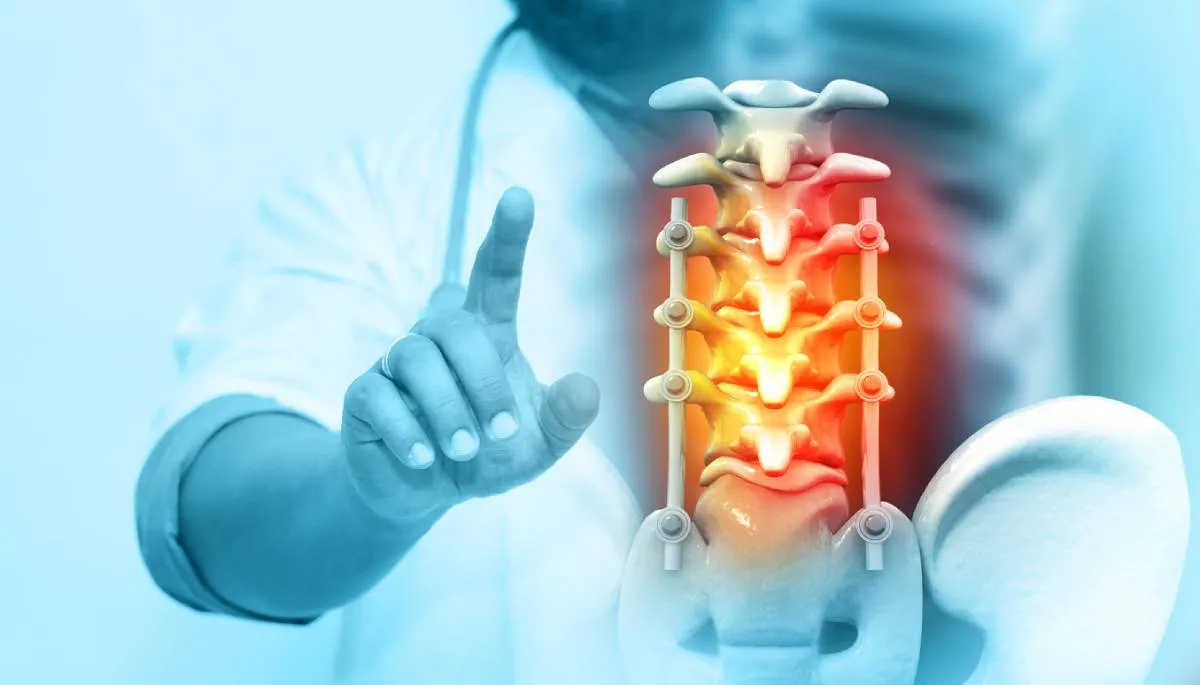



Debunking 4 Myths About Spinal Stenosis | Yashar Neurosurgery - Blog





Spinal stenosis, also called lumbar stenosis, can occur over time as a result of aging. As the spine shrinks and gets smaller, more pressure is put on certain areas of the spinal cord, causing sudden and painful symptoms. Those showing signs of spinal stenosis may be afraid to visit their pain specialist because they are worried that their condition will only get worse. Below we take a step toward debunking 4 myths about spinal stenosis. Debunking 4 Myths About Spinal Stenosis Today, your [spine surgeon in Beverly Hills](https://dryashar.com/) will go about debunking 4 myths about spinal stenosis that may be keeping you out of our office. Schedule your appointment with us right away and we will design a treatment plan that takes away any symptoms of pain and discomfort. When You’re in Pain, Move Around One thing that you should NOT do when you have received a diagnosis with spinal stenosis: staying active. Some people may advise you to keep moving, as increased blood flow can contribute to the strength of your immune system. However, it is actually not a good idea to force movement out of your body. If your spine is sensitive or in pain, then moving it around will only make matters worse. Your Spinal Stenosis Diagnosis Will Get Worse A lot of aging folks believe that once they are diagnosed with spinal stenosis, it’s all over for their backs. There is fear that the condition only worsens, and it becomes more and more difficult to relieve symptoms of pain. This might prevent patients from wanting to get out of bed, as they are afraid that their [pain and leg numbness](https://www.hopkinsmedicine.org/health/conditions-and-diseases/lumbar-spinal-stenosis) will flare up as a result of their condition. Treating spinal stenosis early is key, and there are plenty of treatments available to intervene in the natural course of this condition. That way, we can assure you that your pain will not worsen over time, as long as you are seeking the proper treatment. You Will Only Feel Symptoms in Your Back Lumbar stenosis may originate in the spine, but pain can spread out to the rest of your body. It is likely that you will feel pain in your limbs, including your arms and your legs, as well as your backside and your neck. If you have radiating pain, it is best to seek spinal stenosis treatment before the pain gets worse and worse. For many, this pain comes and goes in a series of episodes, making it difficult to live life to the fullest. These episodes of cramping may only end up exacerbated without seeking proper treatment. You Need Intensive Surgery Depending on the cause, location, and severity of your spinal stenosis pain, you may need surgical treatment. However, not all cases of spinal stenosis require long surgeries. Some cases may end up treated with a combination of medication and physical therapy. Before you can decide whether or not it is possible for you to go through with this treatment without going under the knife, you should commit to a full consultation with your spinal specialist. Get Full Spinal Stenosis Treatment Right Now The symptoms of spinal stenosis can appear mild at first, so it is important to pay close attention to how your symptoms progress. Typically, spinal stenosis presents a constellation of symptoms, which means that the growing pressure on your spinal cord can cause issues throughout other parts of your body. Spinal pain can affect your bowel movements, your respiratory system, your digestion, and mobility in your limbs. After debunking these common myths about spinal stenosis and its available treatments, you might feel more comfortable reaching out. Feel free to get in touch with our top-rated [spinal stenosis specialist in Beverly Hills](https://dryashar.com/spine/spinal-stenosis/), and we can help you find a treatment that tends to your most immediate needs. Get your life back into your own hands and stop your spine pain from spreading with customizable treatment options by Dr. Yashar.





Get in touch today
Please complete and submit the form below and a member of our staff will contact you shortly.


